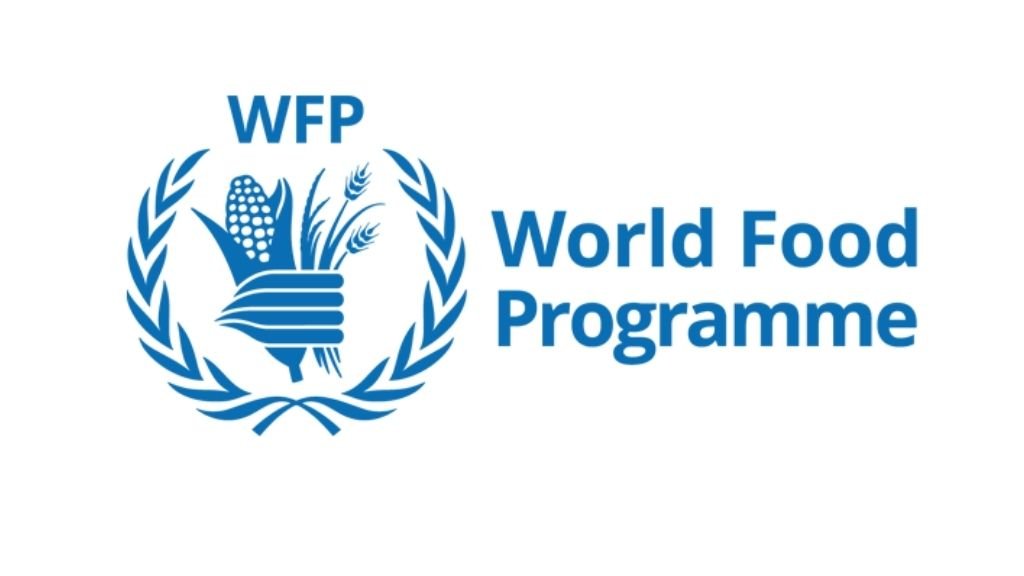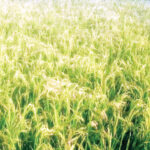A historic drought across southern Africa has jeopardised access to food for 26 million people, the United Nations World Food Programme (WFP) warned Wednesday, calling for urgent funding.
The crisis, worsened by the 2023-2024 El Nino climate phenomenon, is expected to deepen until at least the next harvests due in March or April next year.
“Today we have up to 26 million people facing acute food insecurity in the region and this is because of El Nino-induced drought,” said Eric Perdison, regional director for southern Africa at the WFP.
The seven worst affected nations were Angola, Lesotho, Malawi, Mozambique, Namibia, Zambia and Zimbabwe, Perdison added.
- Oborevwori urges sports commission to embrace servant leadership
- NCPWD unveils vision for disability inclusion
Those need an additional $300 million to prevent access to sufficient, nutritious and affordable food from worsening further, risking widespread hunger, according to the WFP.
Five countries – Lesotho, Malawi, Namibia, Zambia, and Zimbabwe – have declared a state of national emergency in the past months as the drought has destroyed scores of crops and livestock.
In many places, farmers who would normally be planting seeds at this time of the year were not able to do so.
“If you travel across the country, you will see almost all empty fields… The situation is dire,” said the WFP’s country director in Mozambique, Antonella D’Aprile.
“Communities have very little or almost nothing to eat,” she said, adding that “thousands of families are literally surviving on just one meal” a day.
Assistance “cannot wait,” warned D’Aprile. “The time to support is really now.”
In neighbouring Malawi, the WFP said it has had to import food to provide assistance due to the shortages.
Despite Zambia being “known as the food basket of southern Africa”, the country “stands at the brink of a hunger crisis,” said the WFP’s director for the country Cissy Kabasuuga.
In Namibia, an upper middle-income country, the situation was also dire.

 Join Daily Trust WhatsApp Community For Quick Access To News and Happenings Around You.
Join Daily Trust WhatsApp Community For Quick Access To News and Happenings Around You.


